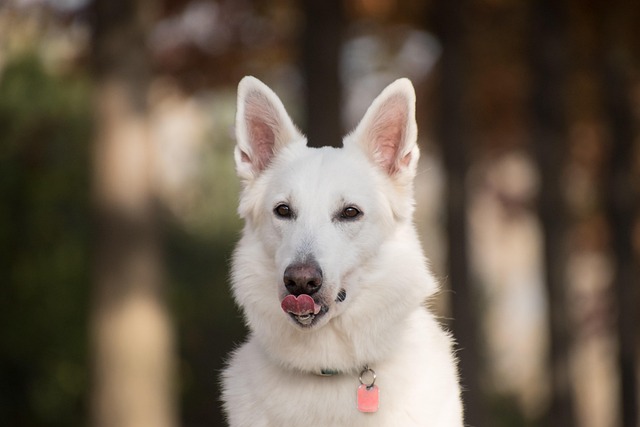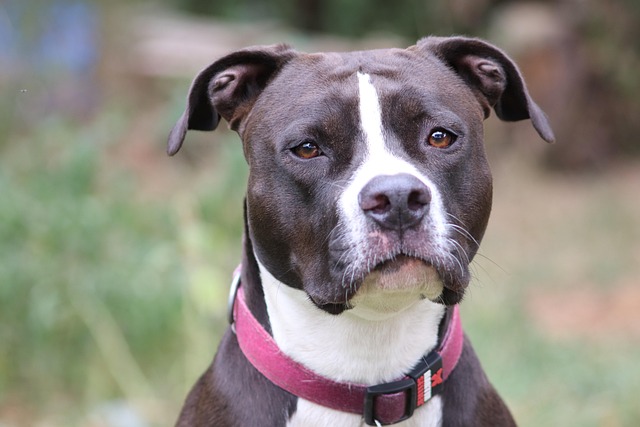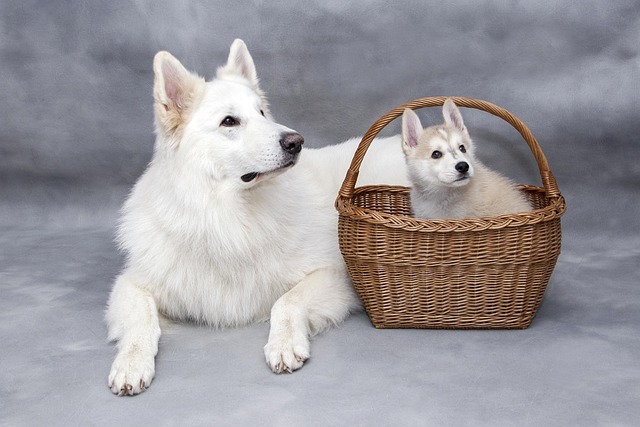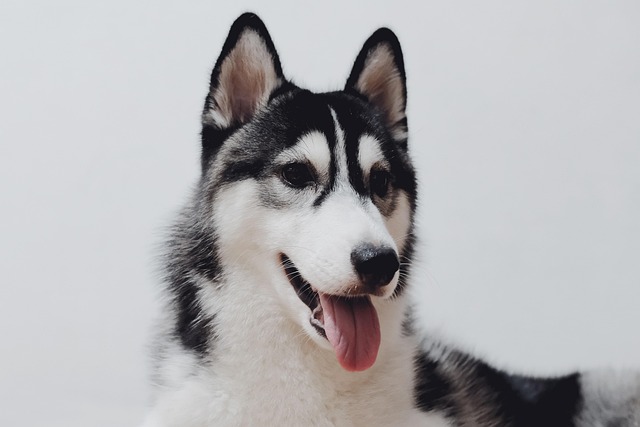It’s a rainy Tuesday in your Chicago apartment, and your cocker spaniel, Luna, is shaking her head so hard her ears flop like wet rags. You noticed the yeasty smell yesterday and called the vet, who confirmed a mild ear infection. Now you’re holding the ear cleaner, wondering: “How often do I do this? Once a day? Twice? What if I overdo it?” The answer depends on the infection’s severity, but getting the frequency right can mean the difference between a quick recovery and a lingering issue.
Dog ears, especially floppy ones like Luna’s, are built like tiny, dark tunnels—perfect for trapping moisture and germs during infections. Cleaning removes gunk (pus, wax, bacteria) so medication works better, but over-cleaning irritates already sensitive skin, making the infection worse. A vet in Seattle explains it like tending a garden: you pull weeds (gunk) regularly, but too much digging damages the soil (ear canal lining). Mild infections need less frequent cleaning than severe ones (thick discharge, constant head shaking). Your vet will gauge this, but a good rule: let the amount of gunk guide you.
For active infections, start with twice daily cleaning for the first 3–5 days. Here’s how: Squirt vet-recommended cleaner into Luna’s ear canal, massage the base of her ear (that squishy part by her head) for 20 seconds, then let her shake—this flushes out debris. Wipe the outer ear with a cotton ball (never Q-tips—they push gunk deeper). If you’re getting lots of yellow/green discharge, keep it up. Once discharge thins and she shakes less (usually day 5–7), drop to once daily until the vet says the infection’s gone. My neighbor’s lab, Max, had a bacterial infection; his vet had him clean twice daily for a week, then once daily for another week—by then, his ears were dry and odor-free.
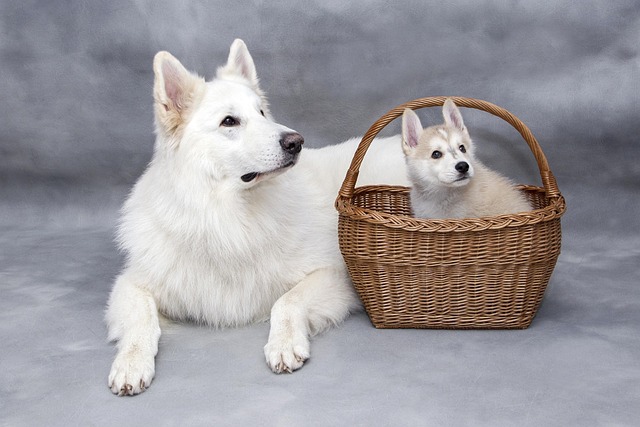
Reward Luna with a peanut butter treat after each session—positive reinforcement turns a chore into a game, and she’ll stop flinching when she sees the cleaner. In apartments, run a dehumidifier (moisture fuels infections) and dry her ears thoroughly after baths (use a soft towel or low-heat hair dryer, 12 inches away). When walking, skip muddy trails—wet paws can shake water into ears, worsening issues. Always carry poop bags (Chicago fines $150+ for forgetting) and keep her rabies vaccine current—vets prioritize up-to-date shots before treating infections.
Never guess the frequency—if Luna’s ears look redder after cleaning, or she yelps, cut back and call the vet. By week’s end, you’ll notice her shaking less, and that yeasty smell fading. Get the frequency right, and you’ll have her flopping those ears happily again in no time.
